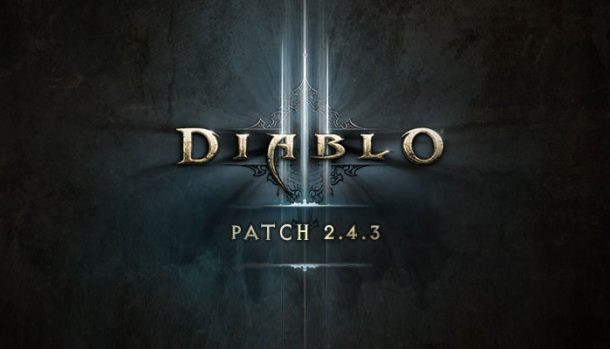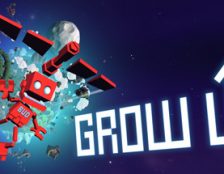What do you need to fly off into space? A bathtub, a stool, two handles for steering, the top of a plastic bottle (sealed with a cork) – all of this makes one space cabin – a cockpit, which only needs to be placed upon a puffball mushroom and your space adventure can begin! At least that’s what it’s like in Samorost 3, brought to us by the creators of famous Machinarium and the phenomenal Botanicula. Once again, the developer studio Amanita Design made an effort to take us on an interesting journey.
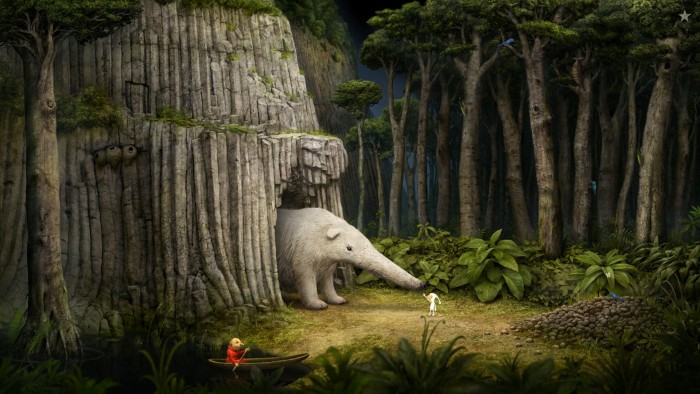
You might have noticed the number 3 in the game’s title, however you may disregard it since Samorost 3 is the first complete game, whose predecessors in comparison seem like concept projects made in Flash. “Third time’s the charm” brings us an awesome point and click adventure that doesn’t require you to be familiar with the first two parts to fully enjoy it, and if you wish to play them anyway you can find them for free on the developer’s website.
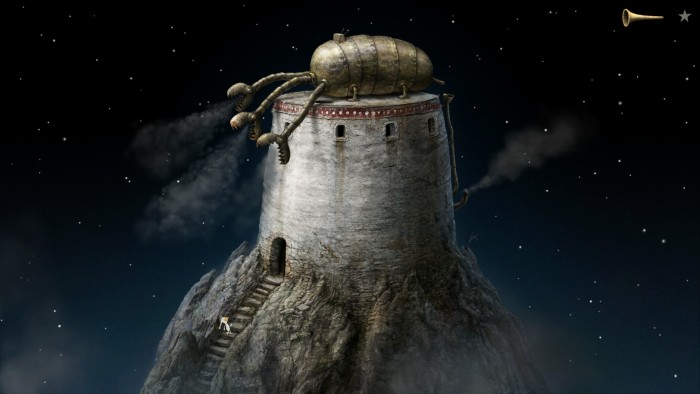
The first thing Samorost is going to amaze you with are the beautiful graphics, which teeters somewhere on the brink between graphical art and a real photography. This kind of a graphic style with an excellent music background provides a unique flavor and atmosphere to the game, while the sound effects additionally enhance that feeling throughout the game. We’d like to say that the sound effects have a very high quality to them and they are a central part of the game, considering that the game is very melodic, which is already obvious at the beginning of this adventure.
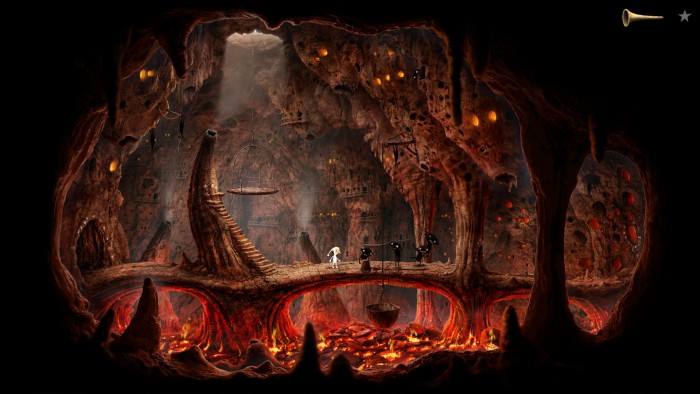
You take on the role of a small gnome who lives carefree on his planetoid, floating through space in the company of his faithful dog. One day a small trumpet falls into your yard from the sky. You quickly realize that you can use it to listen to various objects in nature, and to collect “melodies” of different things and events, and often you can “return” the melody back with it, which in return may cause a certain reaction or reveal a part of the unraveling story through animations as you progress through the game. We won’t reveal a lot about the story itself because there are small elements of surprise that are worth keeping secret, but the starting story is more or less ordinary and seen before, where your universe is threatened by a giant space squid that emerged from a black hole somewhere deep in space (did someone mention Lovecraft?) and devours every world in its path. Of course, you understand that it’s up to you to try and stop that.
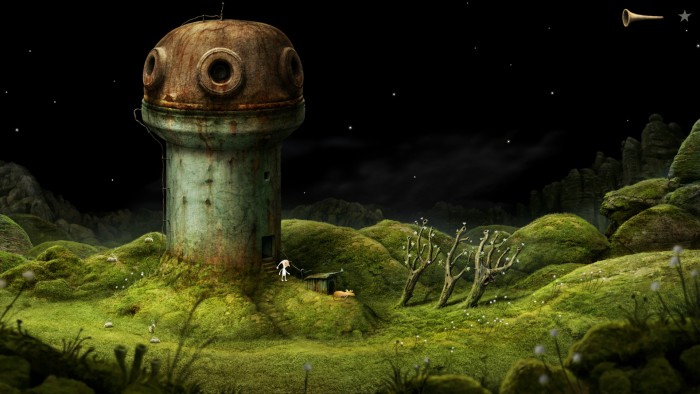
Your journey begins by finding parts and assembling the spaceship, a part of which we described at the start of this article. During your journey you’ll visit wide variety of different planetoids traveling on their trajectories through this fantasy cosmos. The process of moving from planetoid to planetoid follows an interestingly concept of using mutual orbits. This prevents you from instantly going from the first to the last world. Instead, you have to use smaller intermediary planetoids that are orbiting near other planetoids – the worlds that you need to visit. On some you’ll need to do a few simple operations before you move back to the main journey map, while on others you may have to change the planetoid’s trajectory by solving puzzles in order to get it closer to the next planetoid you plan to embark on. Every planetoid is unique in its visual style and the flora and fauna you’ll encounter, and it really adds to the overall feel of travelling through space and discovering various interesting worlds.
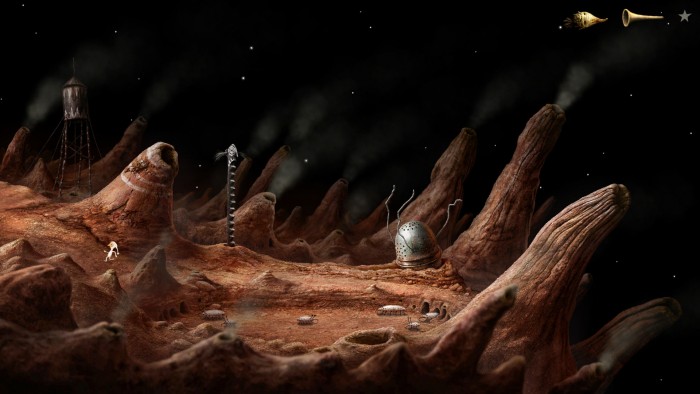
The puzzles aren’t difficult; you’ll mostly be able to solve them by spontaneously exploring and interacting with objects and creatures you come across with occasional combining of objects from your inventory. A sudden increase in puzzle difficulty can be somewhat of a problem, because you’ll be required to think in an exact way the designer had in mind, and it isn’t suggested or presented in any way. Here the game relies on its internal hint system, which is a small puzzle in itself, and that’s a very interesting innovation in the genre. It won’t tell you how exactly to solve the puzzle, but it will point you to the right direction, that is, it will present what’s expected of you, although the game itself was supposed to do that. Along with the main puzzles, the game is filled with lots of side puzzles and solving them may reward you with an interesting scene, an animation and, of course, an achievement. A lot of puzzles are abstract and a bit exotic, but it fits nicely into the beautiful weird universe we are presented with. Somewhere between the metaphor and the abstract, in small hints, the game is trying to send a serious message, and how successful it will be depends only on your desire to find and recognize it.
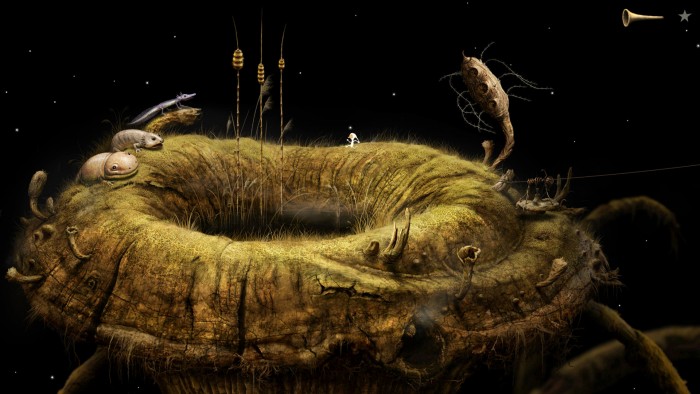
Samorost is a beautiful and cheerful adventure, which will easily grow on you with its charm and take you on a very interesting journey for a few hours, and after you return you may realize that for a journey through space you don’t really need anything more than a mushroom.
Author: Bojan Petrović


